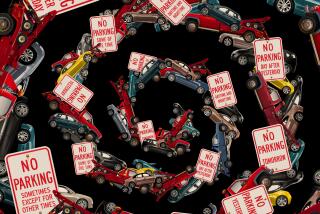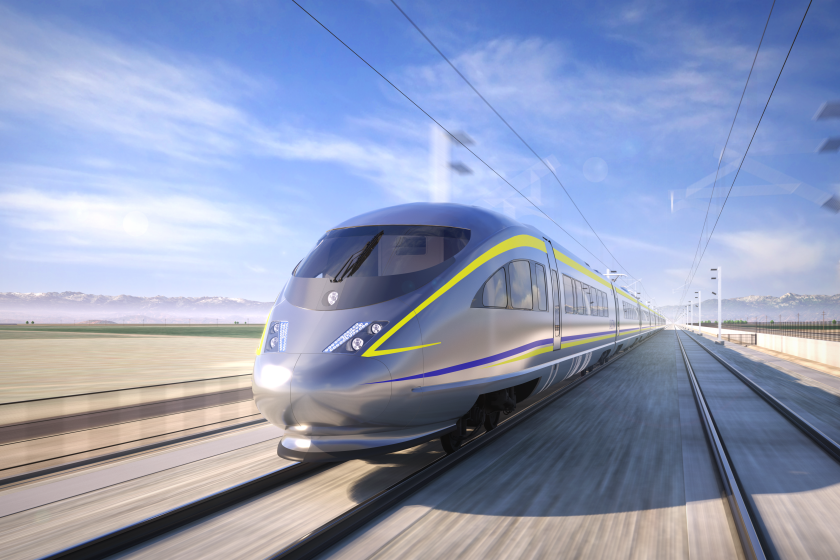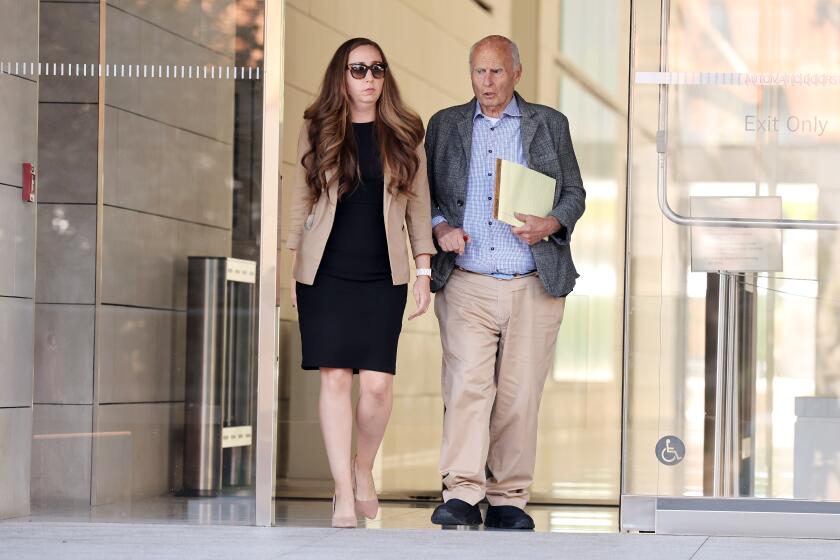Letters: Give the 110 toll lane more time
- Share via
Re “Free way’s the slow way,” April 10
It’s a pity we call them “freeways.” Free access means rationing by crowding rather than by price (the way almost everything else is rationed). Everyone gripes about crowding and, as some of those quoted in this article reveal, they also gripe about pricing.
Let’s keep some things in mind. First, if we want to avoid the pricing versus crowding trade-off, we have to build more capacity. This is very expensive and also raises hackles.
Second, pricing involves learning and flexibility. Most prices in our lives vary greatly as buyers and sellers continuously make adjustments. Likewise, as pricing is introduced on Los Angeles’ carpool lanes, both drivers and Caltrans will go through a period of experimenting and learning. Drivers will start thinking about routes and times of day, and even about eliminating marginal trips. Highway authorities will think hard about how much traffic should be diverted to the non-toll lanes, to surface streets and to other times of day. When all is said and done, drivers will spend less time stuck in traffic.
How would it look at the grocery store, the movie theater or other places if access were “free”? My guess is that we’d all start complaining about the “gridlock.”
Peter Gordon
Los Angeles
The writer is a professor of public policy at USC focusing on urban economics, transportation and planning.
My problem with the toll lanes on the 10 and 110 freeways is that they prevent the “casual carpooler” from using them. I used to seek out friends for occasional trips downtown so I could use the carpool lanes, which is now impossible because I have little need for a FasTrak transponder.
It would be very interesting to learn about how many such drivers are forced to use the free lanes because transponders are now required to access the tollways, or how many people just don’t bother carpooling because they can’t access the lanes at all.
I still get excited sometimes when I have a friend in the car and think I can use the carpool lane, only to crash back to reality when I remember that I don’t have a transponder.
Todd Koerner
Hermosa Beach
The 110 Freeway toll lanes are carrying so few cars that virtually all the rush-hour traffic is confined to two fewer lanes. The resulting congestion is so bad that, for the drivers who don’t have a FasTrak transponder or don’t want to pay the toll, the 110 is no longer useful. Effectively, L.A. has lost a major freeway.
The correct toll is the one that attracts enough drivers almost to fill the lane. Then the congestion on the other lanes will lighten to what it was before the toll lanes opened, and Los Angeles will have its freeway back.
What would it cost to reduce the tolls? If the lanes get 10 times as many cars with one-tenth the toll, for example, there is no loss. But if demand is insufficiently elastic, cutting the toll will reduce the revenue.
Jack L. Treynor
Palos Verdes Estates
Thank you for reporting on the “surprising” result of converting the 110 carpool lanes into toll lanes. Traffic has slowed in the remaining, already congested, lanes. Well, duh.
It is not clear why this is surprising. When the government in effect privatized a key portion of our overall public transportation system (the roads we want) for the benefit of the relative few, did someone actually predict that the majority of us would benefit?
Gregory Hach
Torrance
How very American: Ease the way for those who can pay while making life harder for everyone else.
Linnea Warren
Pasadena
ALSO:
Postscript: FDR’s Holocaust lapse
Letters: Scouting’s tolerance test
Letters: Whose ox will Obama gore?
More to Read
A cure for the common opinion
Get thought-provoking perspectives with our weekly newsletter.
You may occasionally receive promotional content from the Los Angeles Times.









